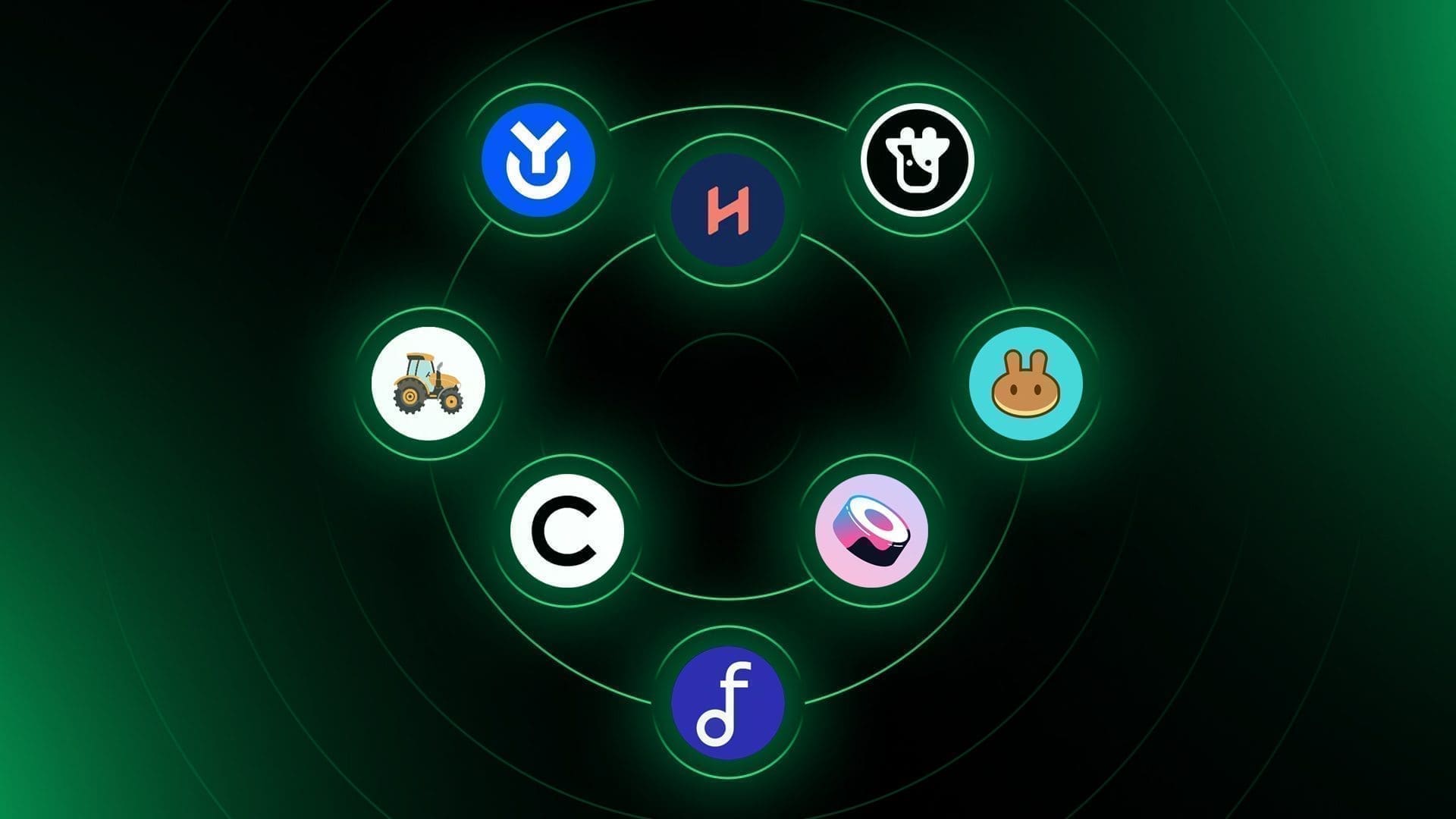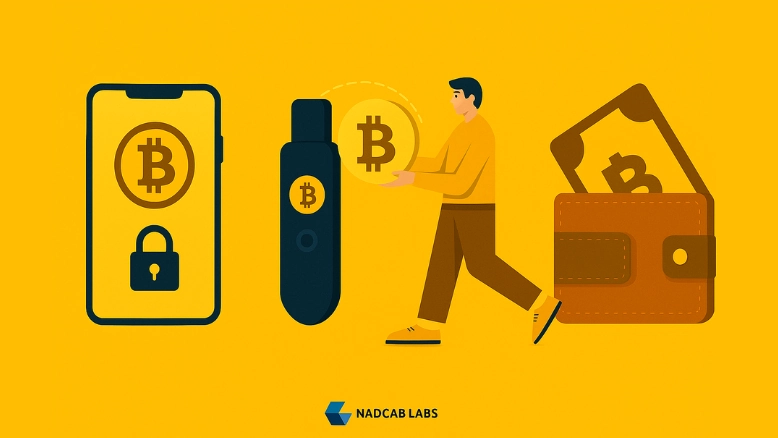
Deploying smart contracts on a blockchain’s mainnet is a crucial step for making your project live and operational. This guide will walk you through the process in simple terms, highlighting how different blockchain services can help you along the way.
What is a Blockchain Mainnet?
A blockchain mainnet is the primary, fully operational version of a blockchain network where real transactions and activities occur. Unlike testnets, which are used for testing and development purposes, the mainnet is the live environment where actual cryptocurrency transactions, smart contract executions, and decentralized applications (dApps) run with real value. It operates under the blockchain’s final set of rules and protocols, ensuring that all interactions and data recorded are permanent and have real-world significance. The mainnet represents the official and functional state of a blockchain project, providing the foundation for its intended use cases and applications.
How Important is the Mainnet?
The mainnet is crucial because it represents the live, operational environment of a blockchain network where real transactions and interactions occur. It is the final stage of a blockchain project’s development, where the system’s stability, security, and functionality are tested under actual conditions. The mainnet’s performance directly impacts user experience and trust, as it handles genuine assets and executes smart contracts that carry real value. Blockchain consulting solutions plays a vital role in this process by providing expert guidance throughout the transition to the mainnet. They help in planning and executing the deployment strategy, ensuring that the mainnet launch is seamless, and addressing any technical or operational issues that may arise. This support ensures that the blockchain network performs optimally and meets all the necessary standards for success.
Examples of Mainnet
-
Ethereum Mainnet
One of the most widely used and recognized blockchains, Ethereum’s mainnet supports a diverse range of decentralized applications (dApps) and smart contracts. It has become a foundational platform for various blockchain projects and DeFi protocols.
-
Bitcoin Mainnet
The original blockchain network, Bitcoin mainnet , processes Bitcoin transactions and maintains the Bitcoin ledger. It is known for its robust security and has been the backbone of the cryptocurrency ecosystem since 2009.
-
Binance Smart Chain (BSC) Mainnet
BSC’s mainnet provides a high-performance platform for deploying smart contracts and dApps, offering lower transaction fees and faster processing times compared to Ethereum. It is widely used for various DeFi projects and token transactions.
-
Polkadot Mainnet
Polkadot’s mainnet facilitates interoperability among different blockchains, allowing them to communicate and share information in a decentralized manner. It supports a multi-chain ecosystem where various blockchains can work together.
-
Solana Mainnet
Known for its high scalability and speed, Solana’s mainnet supports fast and low-cost transactions. It is designed to handle a large number of transactions per second and is used for a range of DeFi applications and NFT projects.
Components of Mainnet Blockchain Network
A mainnet blockchain network has several important parts that work together to keep it running smoothly and securely. Nodes are computers that keep a copy of the blockchain and check if transactions are valid. The consensus mechanism, like Proof of Work (PoW) or proof of stake (PoS), helps all nodes agree on which transactions are valid. Smart contracts are coded agreements that automatically handle transactions and processes without needing middlemen. Cryptographic hash functions protect data by turning it into a unique code, making sure that transactions can’t be changed. The ledger is the distributed record that tracks all transactions, ensuring transparency and that no data is tampered with. Tokens or cryptocurrencies are the network’s digital assets, used for trading and rewarding participants. Custom blockchain development services are crucial because they help create and set up these parts to fit specific needs. They ensure that everything works well together and meets the unique goals of the blockchain project, making the mainnet reliable and effective.
Steps to Deploy Smart Contracts on the Mainnet
-
Write and Test the Smart Contract
Begin by developing your smart contract using a programming language compatible with your blockchain platform, such as Solidity for Ethereum. Thoroughly test the contract on a testnet to identify and fix any issues. This testing phase helps ensure that the contract performs as expected and is free of bugs.
-
Audit the Contract
Conduct a security audit to evaluate the smart contract’s code for potential vulnerabilities. Audits are crucial for identifying and addressing security flaws before deploying the contract on the mainnet, where any issues could lead to significant consequences.
-
Prepare for Deployment
Set up the necessary tools and environment for deployment. This includes configuring a wallet with sufficient cryptocurrency to cover transaction fees and preparing any required deployment scripts or tools.
-
Deploy the Contract
Use a deployment tool or platform specific to your blockchain to send your smart contract to the mainnet. This involves creating and sending a transaction that includes your contract code and any initial parameters. The deployment tool will handle the actual submission to the network.
-
Verify the Contract
After deployment, verify the smart contract on the mainnet to ensure it has been successfully added to the blockchain. You can do this by checking the contract address and interacting with the contract to confirm it behaves as intended.
-
Interact and Monitor
Once deployed, interact with the smart contract to test its functionality in the live environment. Monitor its performance and operation to ensure it functions correctly and address any issues that arise.
-
Maintain and Update
Regularly maintain the smart contract by monitoring its performance and making updates as necessary. This could involve deploying new versions or patches to address any emerging issues or improve functionality.
Why Choose Nadcab Labs for Mainnet Blockchain?
Choosing Nadcab Labs for your mainnet blockchain needs is a decision backed by their deep expertise and commitment to excellence. Nadcab Labs offers comprehensive support throughout the entire deployment process, from the initial design and development of smart contracts to their successful launch on the mainnet. Their team brings extensive experience in ensuring that your smart contracts are thoroughly tested, securely audited, and efficiently deployed, minimizing risks and ensuring smooth operation. Additionally, their tailored approach ensures that solutions are customized to meet your specific requirements, while their responsive customer support provides ongoing assistance and problem-solving. With Nadcab Labs, you gain a trusted partner dedicated to the successful execution and management of your mainnet blockchain projects.





